22+ Keto Meal Plan
-

Meal Plan
download now -
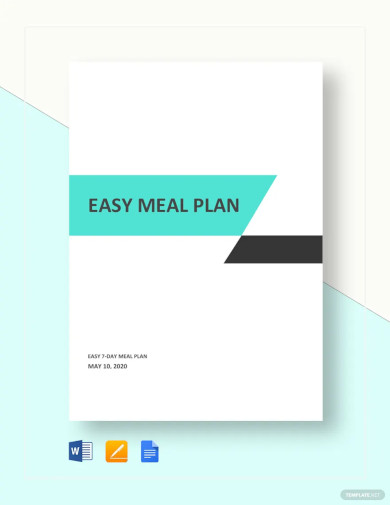
Easy Meal Plan
download now -
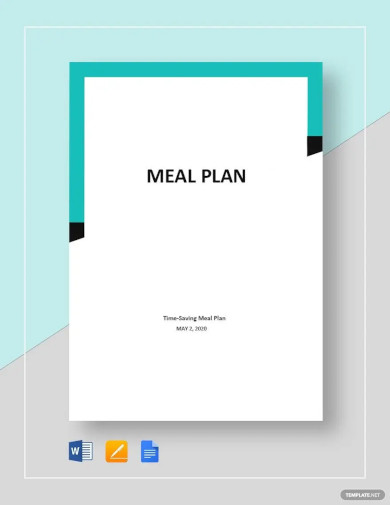
Sample Meal Plan
download now -
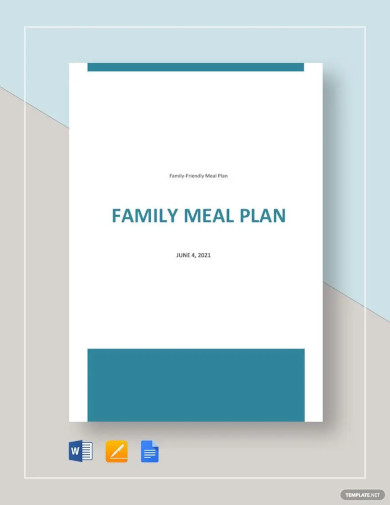
Family Meal Plan
download now -
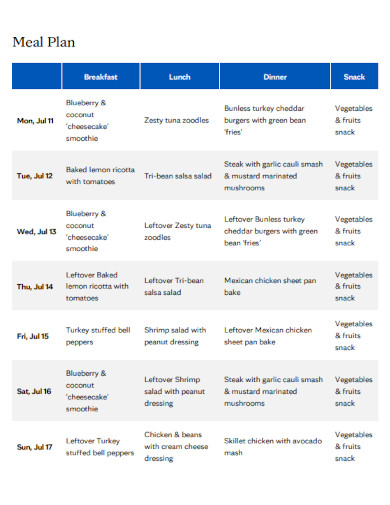
Healthy Keto Meal Plan
download now -
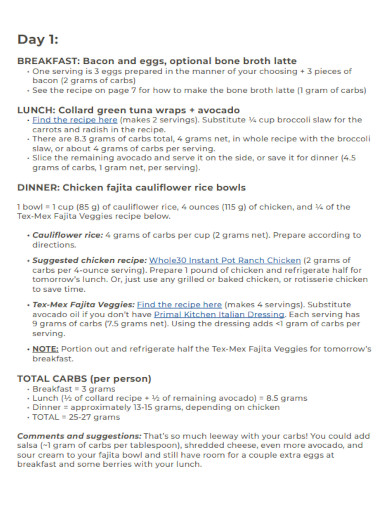
Sample Keto Meal Plan
download now -

Ultimate System Keto Meal Plan
download now -
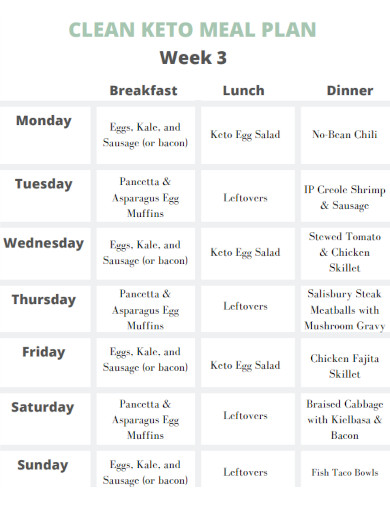
Clean Keto Meal Plan
download now -
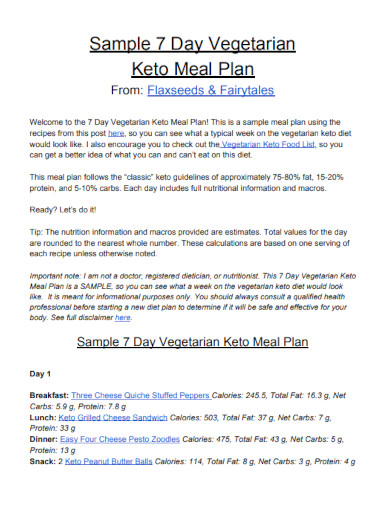
7 Day Vegetarian Keto Meal Plan
download now -
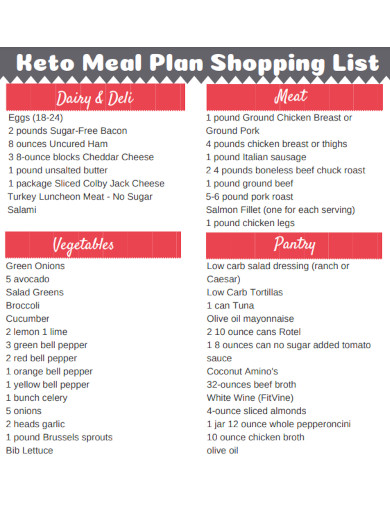
Keto Meal Plan Shopping List
download now -
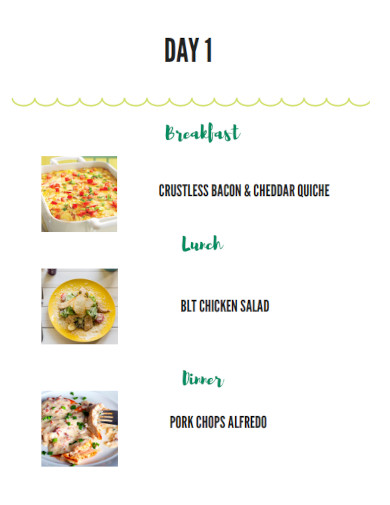
3 Day Keto Meal Plan
download now -
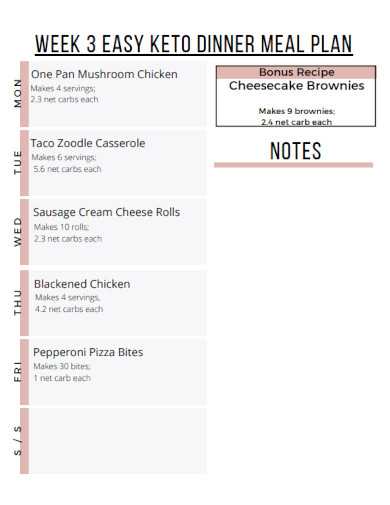
Week 3 Keto Dinner Meal Plan
download now -
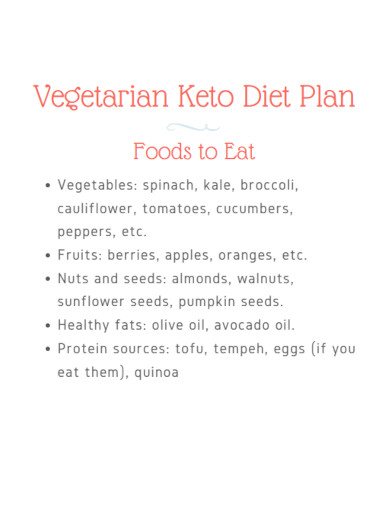
Vegetarian Keto Diet Plan
download now -
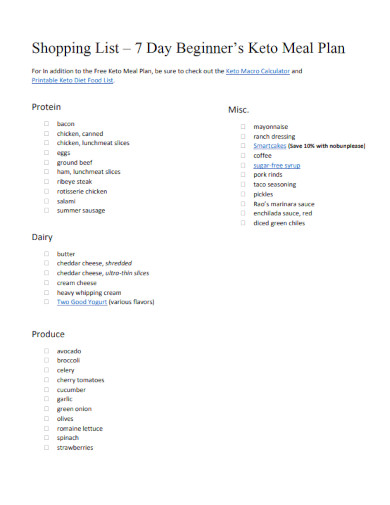
7 Day Beginners Keto Meal Plan
download now -
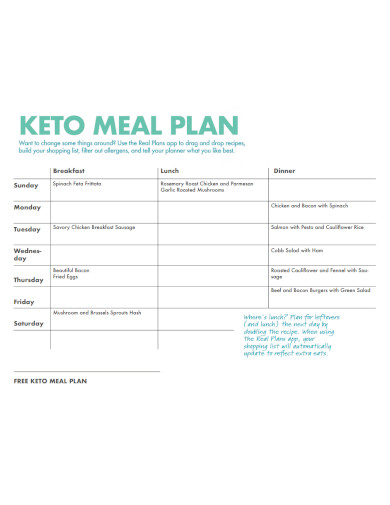
Printable Keto Meal Plan
download now -
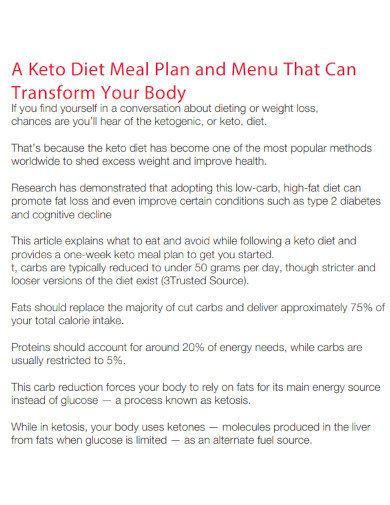
Keto Diet Meal Plan
download now -
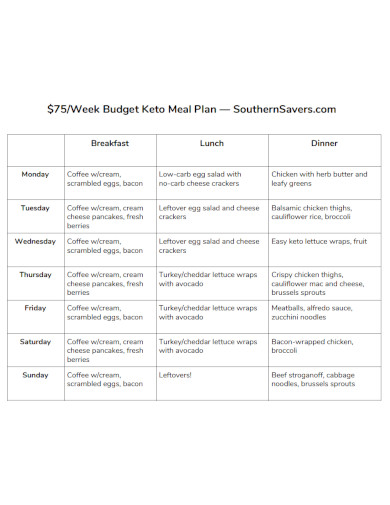
Budget Keto Meal Plan
download now -
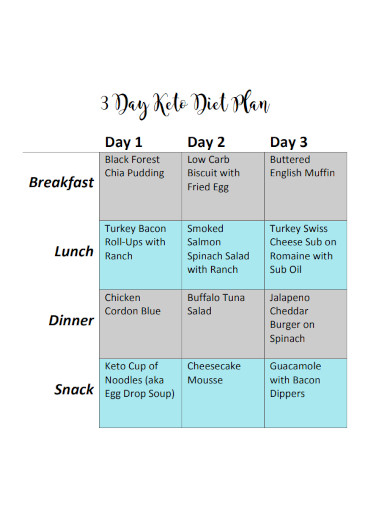
3 Day Keto Diet Plan
download now -
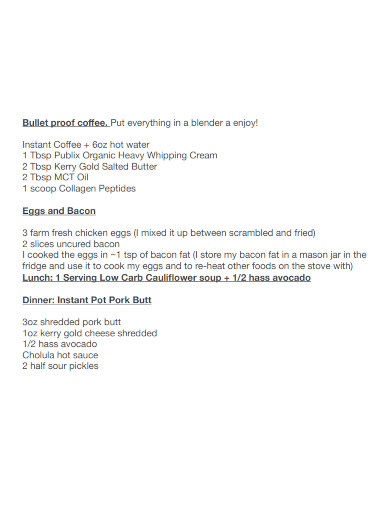
5 Day Keto Meal Plan
download now -
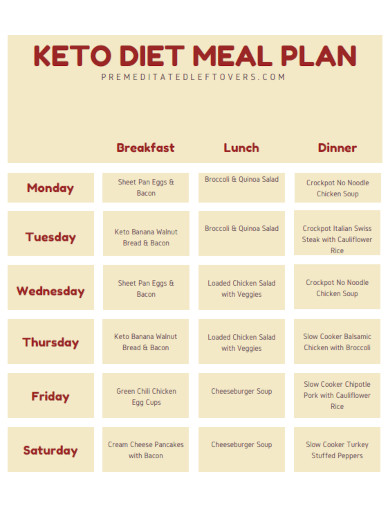
Printable Keto Diet Meal Plan
download now -
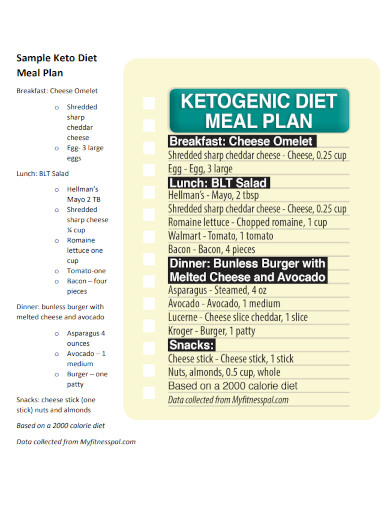
Sample Keto Diet Plan
download now -
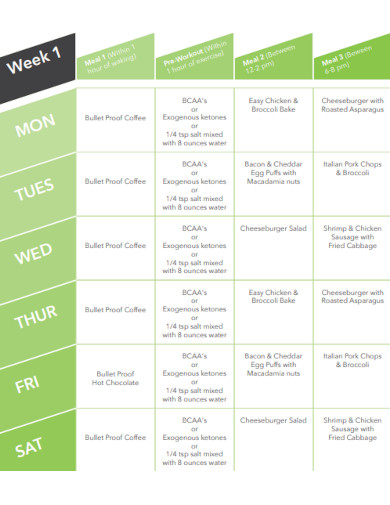
Weekly Keto Meal Plan
download now -
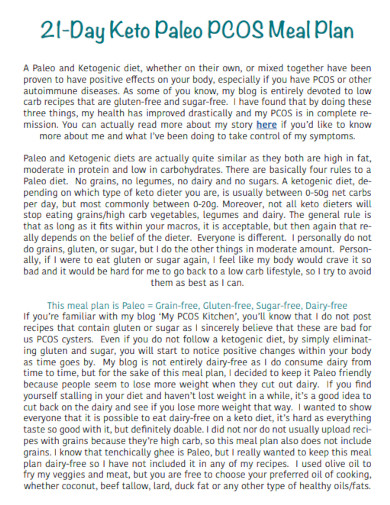
21-Day Keto Meal Plan
download now
FREE Keto Meal Plan s to Download
22+ Keto Meal Plan
What is a Keto Meal Plan?
Basic Components of a Keto Meal Plan
Types of Keto Meal Plans
How to Create a Keto Meal Plan
FAQs
Can I find a printable 7-day keto meal plan for beginners?
Is a keto meal plan effective for weight loss?
Are 30-day keto meal plans easy to follow?
What is a Keto Meal Plan?
A keto meal plan is a structured dietary regimen or a diet meal plan that focuses on consuming low-carbohydrate, high-fat foods to induce a metabolic state called ketosis. Ketosis occurs when the body’s primary source of fuel shifts from carbohydrates to fat, leading to increased fat-burning and weight loss. The concept of a ketogenic diet dates back to the early 1920s when it was initially used as a therapeutic approach to treat epilepsy, particularly in children. Over time, the purpose of a keto meal plan expanded beyond medical applications, attracting individuals seeking weight loss, improved energy levels, mental clarity, and overall health benefits. By limiting carbohydrates and emphasizing healthy fats and moderate protein intake, a keto meal plan aims to regulate blood sugar levels, promote fat loss, and stabilize energy throughout the day.
A keto meal plan holds significant importance for health-conscious individuals due to its effectiveness in achieving various health benefits. Studies have shown that a ketogenic diet can lead to substantial weight loss. For instance, a review of 13 studies involving over 1,400 participants found that individuals following a ketogenic diet lost more weight compared to those on low-fat diets. Additionally, a keto meal plan has been shown to improve markers of metabolic health, including reducing triglyceride levels and increasing levels of HDL (good) cholesterol. It may also provide therapeutic benefits for conditions like type 2 diabetes and polycystic ovary syndrome (PCOS). With its focus on nutrient-dense, whole foods and reduced intake of processed carbohydrates, a keto meal plan can be a powerful tool for individuals striving to improve their overall health and well-being.
Basic Components of a Keto Meal Plan
The basic components of a keto meal plan encompass a range of nutritious and flavorful foods. From healthy fats and protein sources to non-starchy vegetables and low-carb sweeteners, understanding these key elements is vital for creating satisfying and effective ketogenic meals. Let’s explore each component in detail to craft a well-rounded keto diet.
Types of Keto Meal Plans
Discover the diverse range of keto meal plans designed to suit various preferences and health goals. From the standard ketogenic diet to vegetarian, intermittent fasting, and specialized medical diets, explore different approaches to harness the benefits of ketosis and tailor your journey to optimal health.
How to Create a Keto Meal Plan
Follow these steps to create a personalized keto meal plan that meets your nutritional needs, supports ketosis, and helps you achieve long-term success on the ketogenic diet.
Step 1: Set Macronutrient Goals
Determine your daily macronutrient targets based on your specific needs. Typically, a keto diet consists of high fat (70-75% of total calories), moderate protein (20-25% of total calories), and low carbohydrates (5-10% of total calories). Calculate these targets based on your calorie intake and desired ratio.
Step 2: Choose Keto-Friendly Foods
Select foods that fit within the macronutrient goals of the keto diet. Focus on healthy fats like avocados, olive oil, nuts, and protein sources such as poultry, fish, and eggs. Include non-starchy vegetables, nuts and seeds, low-carb fruits in moderation, and dairy products if desired.
Step 3: Plan Meals and Recipes
Design a variety of meals and recipes that align with your macronutrient goals and food preferences. Ensure that each meal includes a balance of healthy fats, moderate protein, and low-carb vegetables or fruits. Experiment with keto recipes or modify existing ones to suit your needs.
Step 4: Track and Adjust the Keto Meal Plan
Track your food intake and monitor your progress regularly. Use apps or tools to calculate and log your macronutrient consumption. Pay attention to your body’s response and adjust your meal plan to maintain ketosis, optimize weight loss, and achieve your health goals.
FAQs
Yes! Many websites offer free printable 7-day keto meal plans specifically designed for beginners, as well as diet and workout plans. These plans provide a structured approach, including breakfast, lunch, dinner, and snack ideas, along with a shopping list. They are usually available in PDF format, making downloading, printing, and following convenient.
Yes, a well-designed keto meal plan, along with a food log spreadsheet, can be highly effective for weight loss. By restricting carbohydrates and increasing healthy fat intake, the body enters a state of ketosis, where it utilizes stored fat for energy. This can lead to significant weight loss over time. Numerous studies have shown that following a keto diet can result in greater weight loss compared to traditional low-fat diets.
Yes, 30-day keto meal plans are designed to be easy to follow, providing a comprehensive guide for an entire month with sample nutrition facts. These plans typically offer a variety of delicious and simple recipes, taking the guesswork out of meal planning. With a well-structured 30-day plan, you can establish a routine, experience a range of flavors, and stay motivated on your keto journey. Look for free resources online that provide printable 30-day keto meal plans in PDF format for added convenience.
Can I find a printable 7-day keto meal plan for beginners?
Is a keto meal plan effective for weight loss?
Are 30-day keto meal plans easy to follow?
The keto meal plan emerges as a significant and effective tool for individuals seeking weight loss, improved health, and dietary optimization. By understanding the basic components of a keto meal plan, one can harness the power of healthy fats, protein sources, non-starchy vegetables, and low-carb options to create delicious and satisfying meals. Exploring the diverse types of keto meal plans allows for customization and adaptation to specific needs and preferences. With clear steps to create a keto meal plan, individuals can embark on a well-structured journey towards their health goals, armed with printable resources, 7-day or 30-day options, and the ease of PDF format. Embrace the keto lifestyle, savor the flavors, and unlock the transformative potential of this remarkable approach to nourishing your body. Simply download and use our sample keto meal plan templates and other planners like family budget planners, life planner PDF samples, and weekly student planners.
